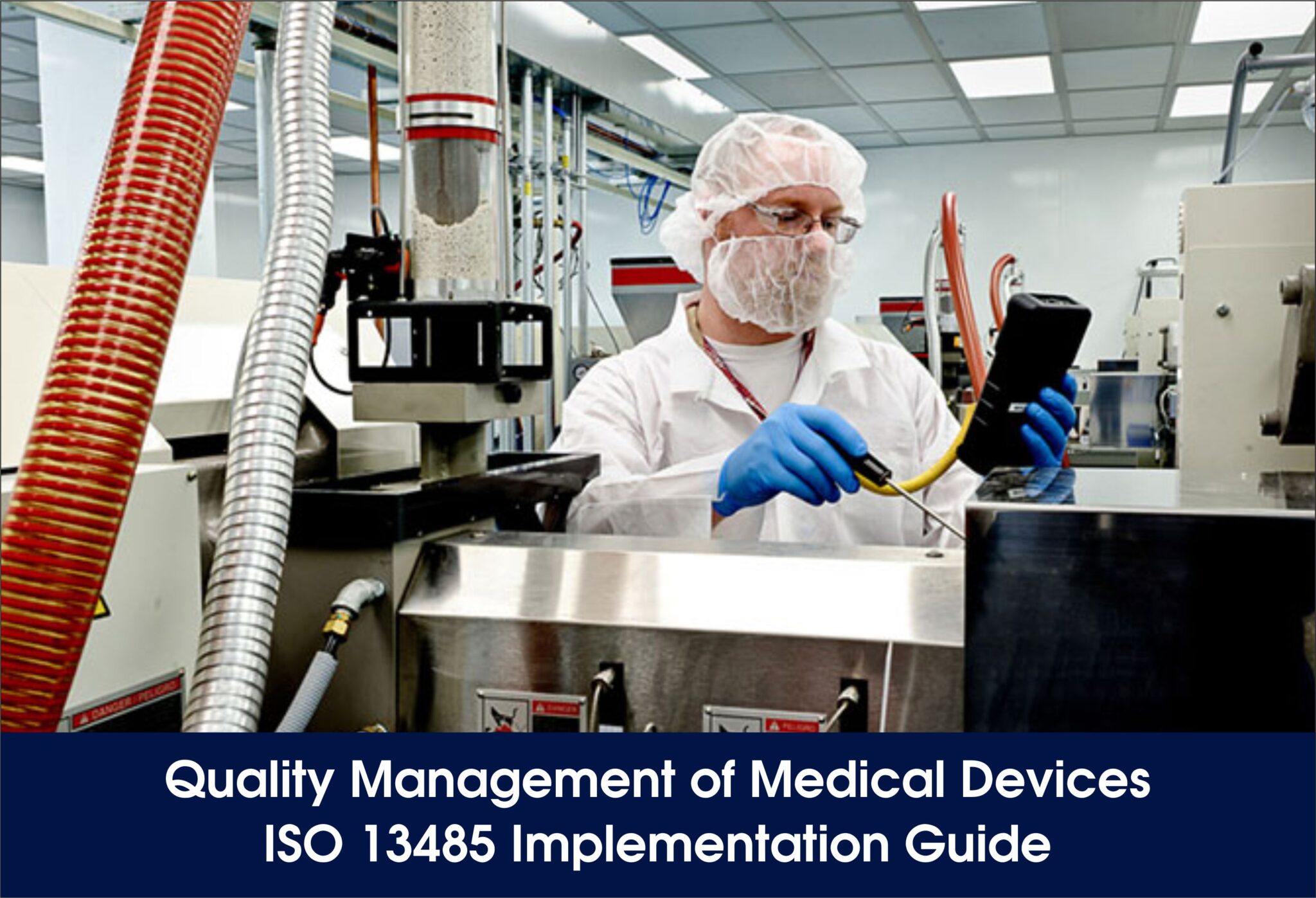Introduction ⮯
The Key Components of ISO 13485: A Comprehensive Overview
ISO 13485 is an internationally recognized standard that sets out the requirements for a quality management system in the medical device industry. Compliance with this standard is crucial for companies involved in the design, development, production, and distribution of medical devices.
One of the key components of ISO 13485 is establishing a quality policy and objectives. This involves defining clear goals and targets related to product quality, customer satisfaction, and regulatory compliance. By having a well-defined quality policy in place, companies can ensure that their operations align with industry best practices.
Another important aspect of ISO 13485 is document control procedures. This includes establishing processes for creating, reviewing, approving, and updating documents such as standard operating procedures (SOPs), work instructions, and forms. Effective document control ensures that employees have access to accurate and up-to-date information, reducing the risk of errors or non-compliance.
Risk management plays a crucial role in ISO 13485 as well. Medical devices carry inherent risks to patients and users, so manufacturers need to identify potential hazards and implement appropriate controls to mitigate them. The standard requires organizations to establish a systematic approach to risk assessment and management throughout the product lifecycle.
By adhering to these key components of ISO 13485, companies can demonstrate their commitment to producing safe and effective medical devices while complying with regulatory requirements. Implementing robust quality policies, effective document control procedures, and comprehensive risk management practices not only ensures compliance but also enhances customer trust in the products being manufactured.
The Step-by-Step Process of Implementing ISO 13485 in Your Organization ⮯
Here’s a step-by-step process for implementing ISO 13485:2016 in your organization:
- Understand the Standard: It’s essential to understand a standard’s requirements before putting them into practice. The quality management systems standard ISO 13485 focuses on documentation, management accountability, resource management, product realisation, measurement, analysis, and improvement. To fully understand the specifications of ISO 13485, think about obtaining formal training.
- Perform a Gap Analysis: To find any gaps, you must assess your present processes against the requirements of ISO 13485. This will enable you to comprehend the adjustments required to comply with the standard.
- Develop an Implementation Plan: Create a strategy explaining how you will fulfil every requirement of the standard based on the findings of the gap analysis. This should include timelines, responsibilities, and resources needed.
- Develop Documentation: A significant amount of documentation is needed to comply with ISO 13485, including a quality manual, procedures, job instructions, and records. Ensure that each document is prepared and complies with ISO 13485 requirements.
- Implement Your Quality Management System (QMS): Implement the steps and techniques described in your documentation. This entails educating workers about updated procedures, setting fresh quality goals, and putting new monitoring and measuring methods in place.
- Conduct Internal Audits: Conduct internal audits after your Quality Management System (QMS) has been put in place to make sure it is functioning as planned and according to ISO 13485 requirements. This will also help identify areas for improvement.
- Management Review: The QMS should be reviewed by top management to ensure its continued suitability, adequacy, and effectiveness. This should involve determining the need for adjustments to the Quality Management System (QMS) and areas for improvement.
- Corrective and Preventive Actions: Take corrective and preventative measures to eliminate the source of any possible non-conformities or deficiencies based on the findings of internal audits and management reviews.
- External Audit and Certification: Finally, appoint a qualified external auditor to audit your Quality Management System (QMS) against ISO 13485. The auditor will give you an ISO 13485 certificate if you pass the audit.
- Continuous Improvement: Continuous QMS improvement is mandated by ISO 13485. This may be accomplished by conducting routine audits, conducting management reviews, and implementing corrective and preventative measures in action.
The Benefits and Challenges of Implementing ISO 13485 for Medical Device Manufacturers ⮯
Benefits
- Enhanced Product Quality: Product quality and safety are the main objectives of ISO 13485. The implementation of it results in the development of reliable procedures that improve product quality, reduce errors, and guarantee that products adhere to client and regulatory standards.
- Improved Risk Management: The standard places a strong emphasis on risk management across the whole product lifetime, which can assist manufacturers in identifying and minimising possible hazards early in the process and reducing failures and recalls.
- Increased Market Access: For market access, several nations require ISO 13485 certification. Consequently, obtaining this accreditation may allow producers access to new foreign markets.
- Competitive Advantage: A competitive advantage may be gained by manufacturers through ISO 13485 certification, which shows stakeholders and consumers that they are committed to quality and safety.
Challenges:
- Resource Intensive: The process of implementing ISO 13485 into practice can be time-consuming and expensive. This includes internal audits, creating fresh procedures, and training employees.
- Maintaining Compliance: Manufacturers who have received certification must continue to monitor and enhance their quality management system to retain compliance, which calls for continual work and resources.
- Change Management: It is common for ISO 13485 implementation to call for adjustments to organisational culture and procedures. It can be difficult to manage these changes, especially in larger organisations.
- Documentation Requirements: There are strict documentation requirements for ISO 13485. It might be difficult to make sure that all procedures are accurately documented and that records are kept.
Conclusion ✅
Despite the difficulties associated with implementing ISO 13485, many medical device makers find it to be a good investment given the advantages it provides in terms of increased product quality, risk management, market access, competitive advantage, and regulatory compliance.



